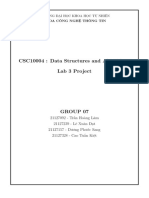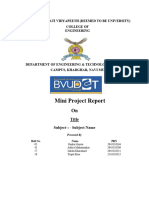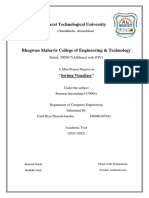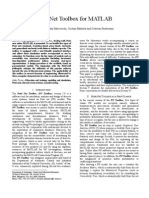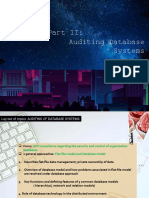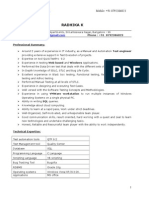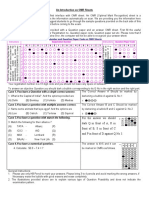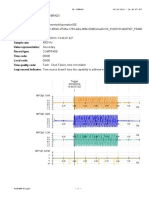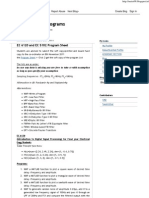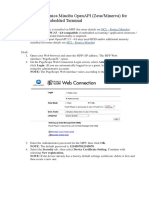0% found this document useful (0 votes)
11 views18 pagesSort Visualisation
The document presents a sorting visualization project aimed at enhancing the understanding of sorting algorithms through interactive visual tools. It discusses the proposed model, which includes five sorting algorithms and real-time bar chart updates, along with experimental setup, results, and limitations. Future enhancements are suggested, including additional algorithms and improved visualization features.
Uploaded by
kumawatprashant74Copyright
© © All Rights Reserved
We take content rights seriously. If you suspect this is your content, claim it here.
Available Formats
Download as PDF, TXT or read online on Scribd
0% found this document useful (0 votes)
11 views18 pagesSort Visualisation
The document presents a sorting visualization project aimed at enhancing the understanding of sorting algorithms through interactive visual tools. It discusses the proposed model, which includes five sorting algorithms and real-time bar chart updates, along with experimental setup, results, and limitations. Future enhancements are suggested, including additional algorithms and improved visualization features.
Uploaded by
kumawatprashant74Copyright
© © All Rights Reserved
We take content rights seriously. If you suspect this is your content, claim it here.
Available Formats
Download as PDF, TXT or read online on Scribd
/ 18












































